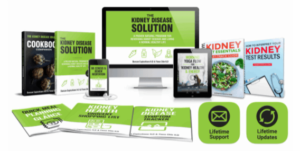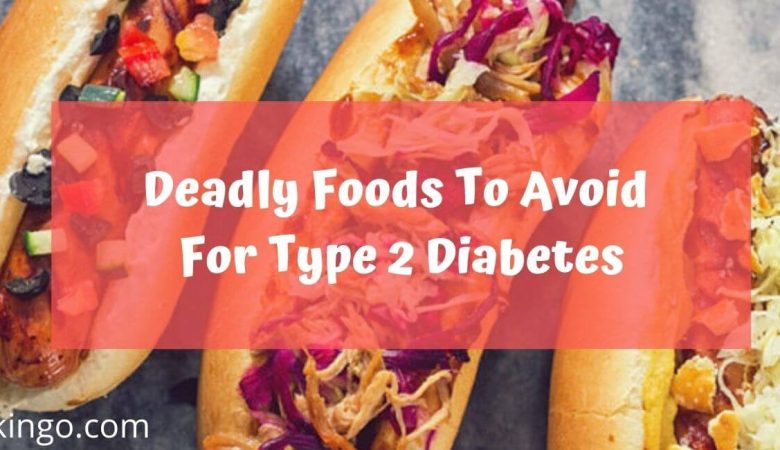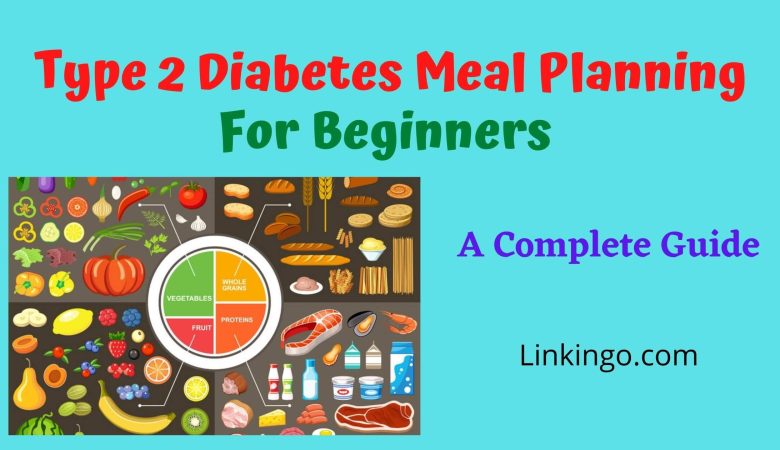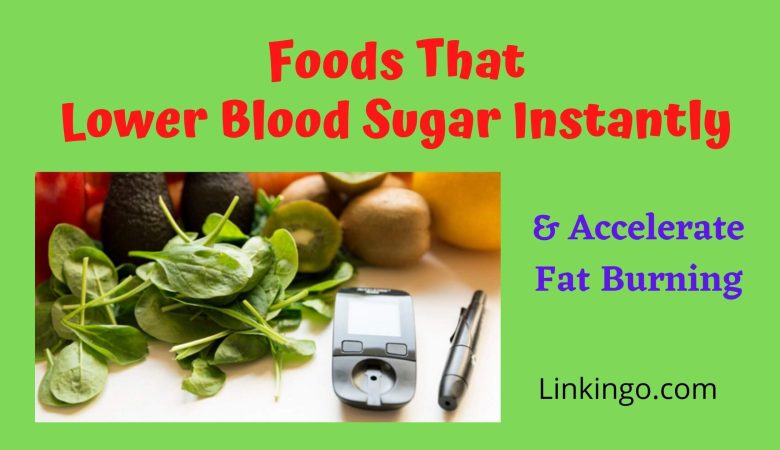Before we discuss the topic today, diet for kidney disease, let me warn you one thing:
You are going to read a wall of text, filled with a lot of knowledge about kidney disease. Of course, we will try to make everything as coherent as possible. Still, this is necessary to set a complete principle for the best kidney disease diet. Therefore, be sure to stay with us until the end if you want to know everything about the food changes you should adopt to heal your kidneys holistically. In case you are not ready… Well, you can click back.
As mentioned in our previous post, diet is one of the significant adjustments to make if you suffer from kidney disease. It might even be the most important one.
But why is that? What is the best diet for kidney disease that can improve the condition and your overall health? To answer those questions, we shall have to look at the matter from a scientific point of view. Worry not because Linkingo is here to be your guide, and we shall walk you through it! After reading this article, you will acquire everything to form your own kidney disease diet plan.
Why Is It Important To Adopt A Diet For Kidney Disease?
In the past few years, around 14% of US citizens got diagnosed with kidney disease. Among them, over 661,000 patients are fighting kidney failure. The numbers keep rising each year, showing an alarming circumstance.
Scientifically, many risk factors can lead to chronic kidney disease. They include genetic components, age, low birth weight, nephrotoxins, and many more. Among these factors, though, obesity and high blood pressure account for over 50% of patients. They are often the result of poor lifestyle habits and bad diets. Even when diagnosed with kidney disease, these conditions are still there to further harm your kidneys until they have entirely malfunctioned. That’s the first reason you have to work with your diet and nutrition: You have to stop the root cause of kidney disease elsewhere in the body.
Secondly, for kidney disease patients, their kidneys can no longer filter or remove waste effectively. Wastes in the blood come from foods and liquids that you consume. If too many wastes are left in the blood, they can be dangerous for one’s electrolyte levels. Changing your diet helps cut down the number of wastes, stabilize the metabolism, promote kidneys’ functions, and slow down the progress of kidney disease.
Therefore, adopting a diet that benefits your kidney is an indispensable part of the treatment. However, kidney disease is hard to box and categorize as far as treating with a set diet. It is because everyone is different (in terms of nutrition needed). Moreover, certain beneficial foods for kidney disease might turn out to be unfavorable to the kidneys. For example, soy protein is healthy for kidney disease, but too much protein will overwork your kidneys. Flaxseeds are beneficial for kidney disease, but too many can be harmful. How annoying and confusing!
Still, experts have researched and discovered the general principles kidney disease patients need to follow to form their diet plan. Right now, Linkingo will go through each of them.
The Basics Of A Diet For Kidney Disease.
There are five principles to help you eat right and manage your kidney disease:
1. Diet For Kidney Disease – Cut Down Salt And Sodium From Your Meals.
The purpose of this is to deal with blood pressure. Excessive salt stiffens and narrows your blood vessels, preventing blood and oxygen from reaching essential organs, including kidneys. Thus, the heart tries harder to pump blood throughout the body, leading to hypertension. As mentioned above, if you don’t solve this, high blood pressure will worsen your kidney functions.
Therefore, according to doctors, your kidney disease diet should contain less than 2300 milligrams of sodium each day. Here are some tips you can use to control the amount of salt intake:
- Choose fresh foods. Packaged foods you buy at the supermarket or restaurant often contain an excessive amount of salt.
- Cook your meals instead of eating prepared foods. Fast foods, frozen dinners, and canned foods are higher in sodium. When you prepare your meal, you are in control of what you consume.
- Instead of salt, you can season your ingredients with sodium-free spices and herbs.
- If you have to buy packaged foods, remember to check for sodium on the labels. A Daily Value of 20% or more means the food contains higher sodium. You can look for foods that are labeled sodium-free/salt-free or lightly salted.
- Before each meal, rinse canned vegetables, beans, or meat to get rid of excessive salt.
2. Diet For Kidney Disease – Choose The Right Types Of Protein And Calculate The Right Amount.
It is to protect your kidney from being overworked. When you consume protein, your body produces more wastes. As you eat more protein, the kidneys have to work harder. Below is the list of foods that contain more protein:
- Animal: Chicken, fish, meat, eggs, dairy.
- Plant: Beans, nuts, grains.
It is advisable to consume only small portions of these foods. A cooked portion of fish or meat is about 2 to 3 ounces. An amount of dairy foods is about ½ cup of milk or yogurt or one slice of cheese.
3. Diet For Kidney Disease – Choose Foods That Support Your Heart.
It helps prevent stored fat in your blood vessels, heart, and, most importantly, kidneys.
To cut down the amount of fat, you can:
- Avoid deep frying your foods. Instead, you can grill, broil, bake, roast, or stir-fry them.
- Use a nonstick cooking spray for cooking instead of oil or butter. A small amount of olive oil is good, too.
- Before eating, trim fat from meat and remove the skin from poultry.
- Read the food labels. Avoid foods that contain saturated and trans fat.
4. Limit The Amount Of Phosphorus Intake.
Healthy kidneys work to remove extra phosphorus in your blood. However, they can no longer fulfill this task well as you are diagnosed with chronic kidney disease. A high phosphorus level brings many adverse effects to the body: It weakens your bones by pulling calcium out of them and endangers blood vessels, lungs, eyes, and heart. Over time, this process adds to the risk of heart attacks and strokes. Therefore, controlling the amount of phosphorus is crucial for your well-being.
- Phosphorus is added to many processed and packaged foods. Avoid them if possible. When there is no other choice, try looking for foods without “PHOS” on ingredient labels.
- Some deli meat, as well as fresh meat and poultry, might contain more phosphorus. Add the butcher to help you choose fresh meat.
Foods with higher phosphorus are meat, poultry, fish, bran cereals, oatmeals, dairy products, beans, lentils, and nuts. Instead of consuming them, you can choose fresh fruits or vegetables, bread, pasta, rice, rice milk, corn, or rice cereals.
5. Choose Foods With The Right Amount Of Potassium.
We all need potassium. It helps our muscles work, including the muscles that control your heartbeat and breathing. The problem is, our body only needs a certain amount of this mineral. Our kidneys will work to remove the rest. As they can no longer function properly, they cannot get rid of the extra potassium, allowing too much potassium to stay in your blood.
This condition is hyperkalemia. When it occurs, your nerves and muscles can no longer work properly. It dramatically damages your heart and might lead straight to heart attacks. Unfortunately, most people don’t catch the signs of hyperkalemia. They only realize when it’s too late.
So, how do you limit potassium intake?
- Salt substitutes often contain a vast amount of potassium. Check with your provider about using salt substitutes.
- Drain canned fruits and vegetables before eating.
- Some medicines can also add to your potassium level. Consult your doctor about your medical prescription and find alternatives if necessary.
Remember that the first three points (1 – 3) are crucial for kidney disease patients of all stages. As your kidney functions go down and the condition gets more serious, you need to pay more attention to points 4 and 5.
Different Types Of Diet For Kidney Disease.
One of the most common diets recommended for kidney disease patients is the DASH diet (Dietary Approaches To Stop Hypertension). According to studies, this diet effectively lowers blood pressure, prevents heart disease, and improves kidneys functions.
The DASH diet is rich in fruits, vegetables, low-fat dairy products, whole grains, fish, poultry, beans, seeds, and nuts. Some of these are high in phosphorus and potassium. For that reason, only patients at the first stages of chronic kidney disease can follow this diet. As your CKD gets worse, the DASH diet is no longer the right choice for you.
Recently, some experts are promoting a new kidney disease diet that is applicable for patients of all stages. It’s called the Alkaline diet. The diet originated from the idea that consuming acid-forming foods like red meat can tip your pH levels out of balance, damaging vital organs, including the kidneys. If you want to restore your kidney functions, you have to consume more foods that form alkaline, which helps to neutralize acids in your bloodstream.
Accordingly, your diet should consist of 75% alkaline-forming foods and 25% acid-forming foods to restore kidney functions. As your condition improves, you can adjust the ratio to 60% alkaline-forming and 40% acid-forming foods. Scientists have proven that metabolic acidosis can make your kidney disease worse. As acid builds up, the kidney functions lower, and as the kidney functions lower, acid builds up. This vicious cycle leads to the progression of kidney disease. Therefore, the Alkaline diet might be the most effective diet for kidney disease.
So, What About Drinks? Is There Any Drink That Benefits Your Kidney?
Of course, drinks are a vital part of a diet for kidney disease. On top of the drinks for CKD, the best one is water. It provides your kidneys enough fluid to function well and does not contain any compound that might harm them in the process. If you are in the late stages of CKD, though, you might need to limit the amount of water intake as your kidneys can no longer get rid of excessive water from your body. Your doctor shall advise you how much water you can consume each day.
Low-sugar smoothies are good alternatives if you would like a more flavorful drink while maintaining kidneys’ functions. Still, be very careful in choosing ingredients because some fruits can increase blood sugar.
Green tea is also famous for its ability to promote kidneys’ health. It is a rich source of polyphenols, which is an active antioxidant. It converts the symptoms of kidney disease and helps them function more effectively.
Aside from these drinks, though, did you know there is a magical tea blend that can reverse kidney disease that helps to transform countless patients’ health?
That Secret Recipe Will Be Revealed In The Kidney Disease Solution!
Being the brainchild of Duncan Capicchiano, The Kidney Disease Solution is the complete guide on how to heal from CKD for patients of all stages. With this program, you will always be on track. It lays out a comprehensive plan for your treatments, from the diet, exercises, sleeping basis, and even your mental health.

>>> Click Here To Get Instant Access To The Program <<<
The most exciting part is, on page 130, Duncan will reveal the mysterious tea recipe that helps his wife’s grandmother heal from stage 4 kidney disease. With the most common herbs and plants that anyone can find in their garden, you shall be able to brew the special drink that helps many people get their health and life back. Spend only a few minutes per day to enjoy this tea, and you shall be surprised with the outcome.
If you are interested in The Kidney Disease Solution, you can check out our complete Kidney Disease Solution review here. We have tried and tested the actual program before concluding that it is 100% safe and practical. The Kidney Disease Solution has helped our readers to heal from their condition, and you might be the next, too!
Diet For Kidney Disease – Our Final Thoughts.
It comes to the end of our guide on a comprehensive diet for kidney disease. In this guide, we have set all the general principles for you to form your diet plan. They include the nutrition you need, diets you should follow, and the most beneficial drinks. As long as you remember the five crucial points, you can save your kidneys from being malfunctioned.
Don’t forget to read our latest post on how to reverse kidney disease naturally
If you find this article helpful, please like and share it with your friends. Your feedback helps Linkingo improve our articles, so we look forward to receiving your comments down below.
See you in our next posts!






Leave a Reply